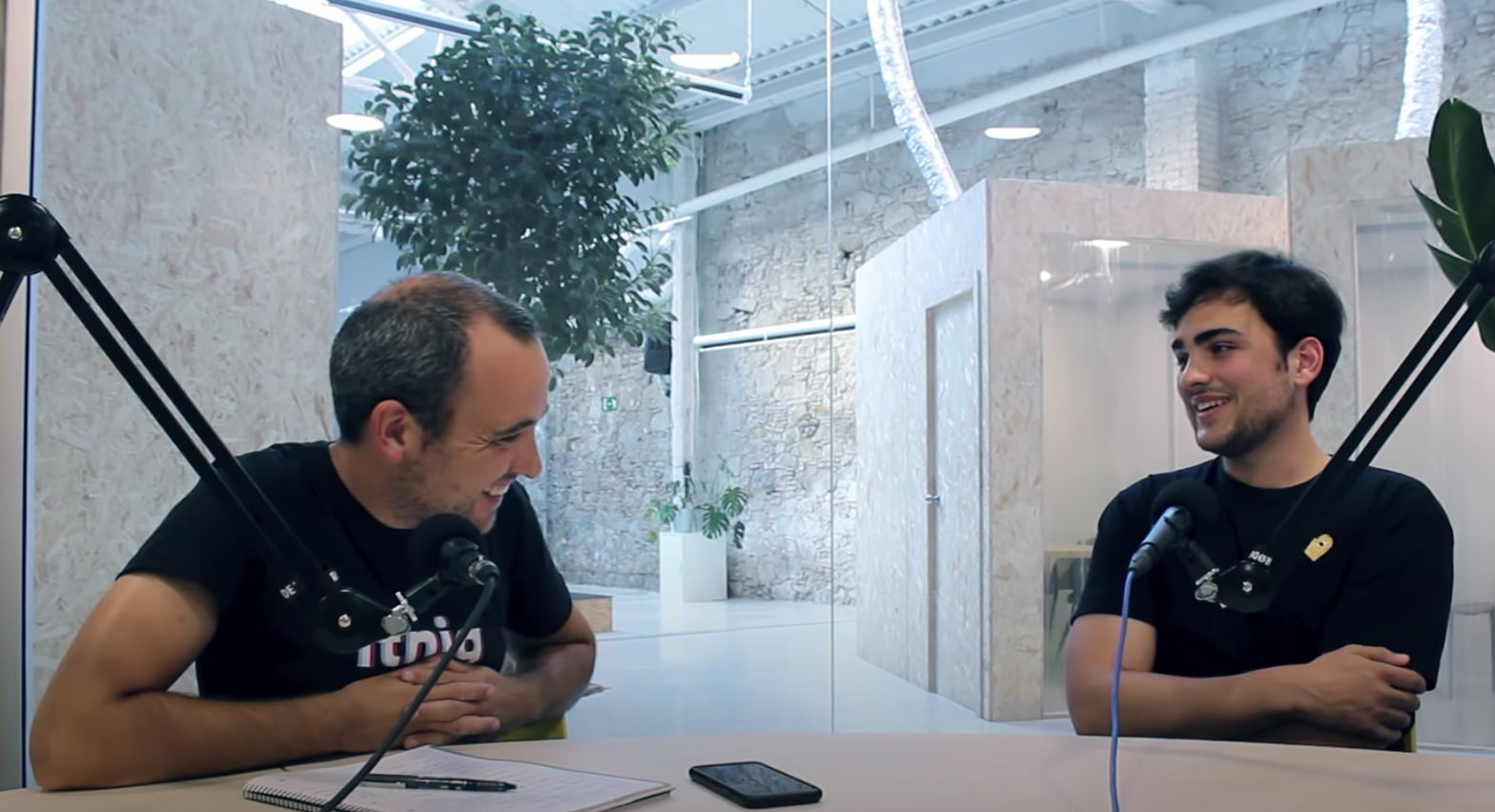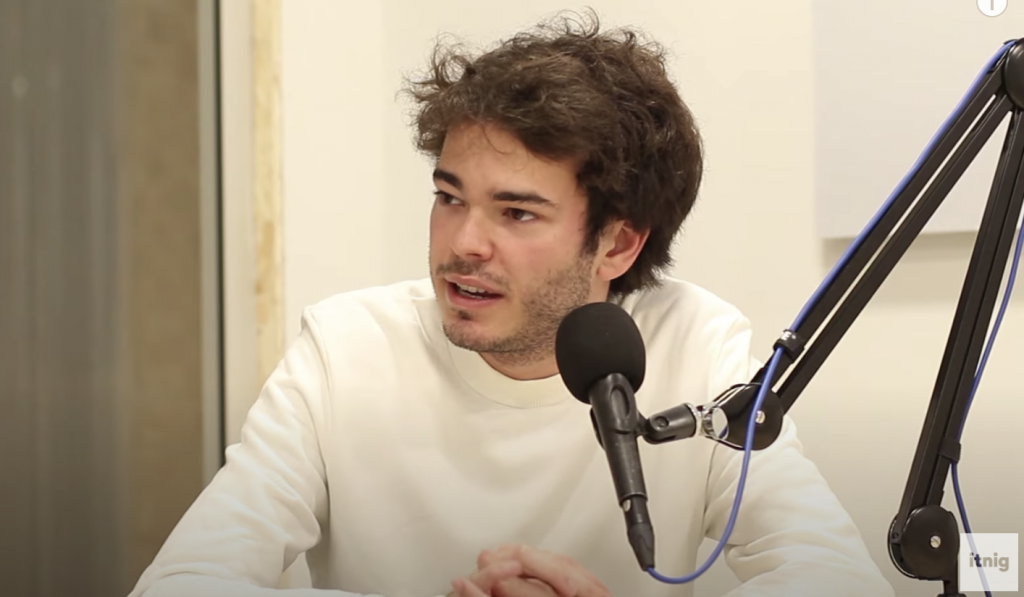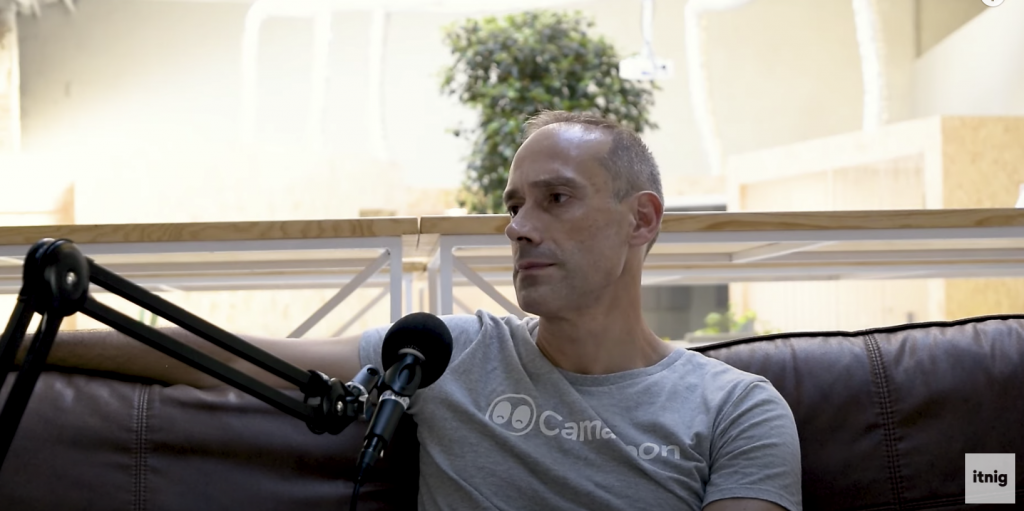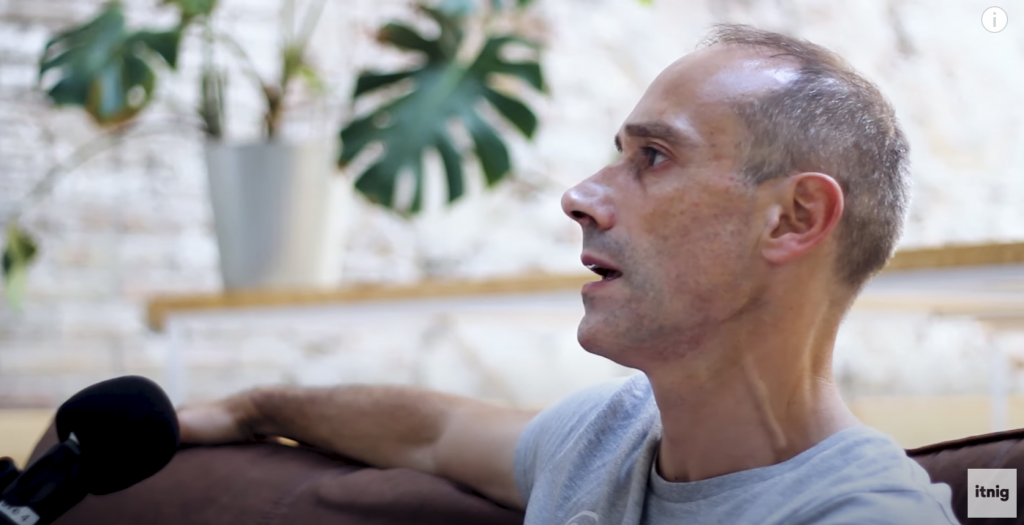Podcasting 101: A Guide to Launch Your Own Podcast
Let’s talk about how to make a podcast. At Itnig we wanted to share our conversations about business to bring knowledge and experience to the entire community of entrepreneurs. This is how our podcast was born and we have been sharing interviews every week for more than 2 years.



